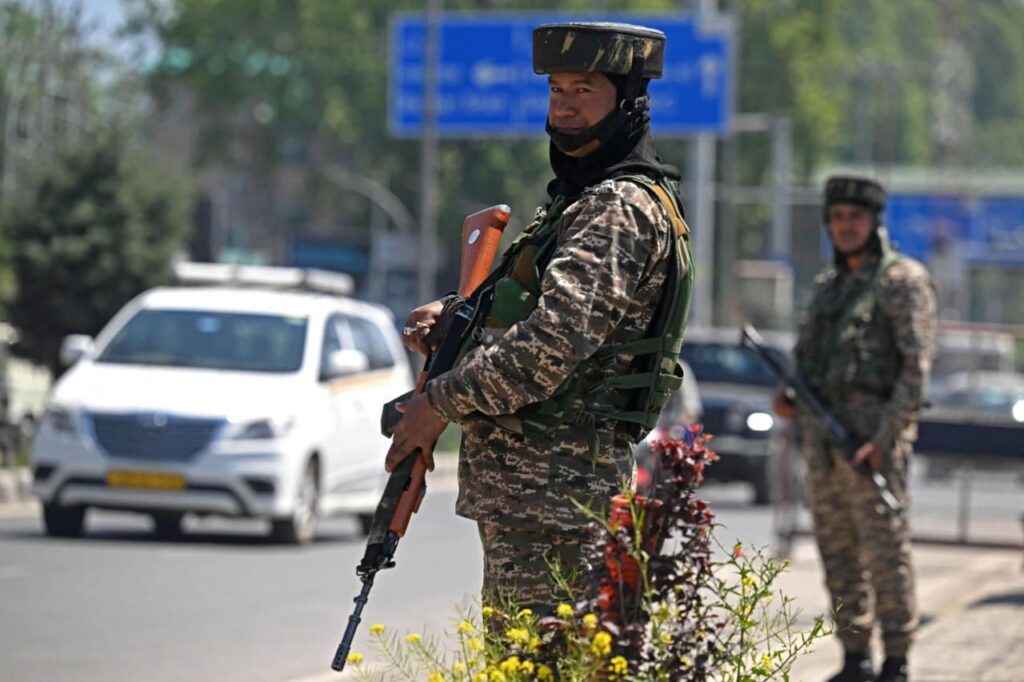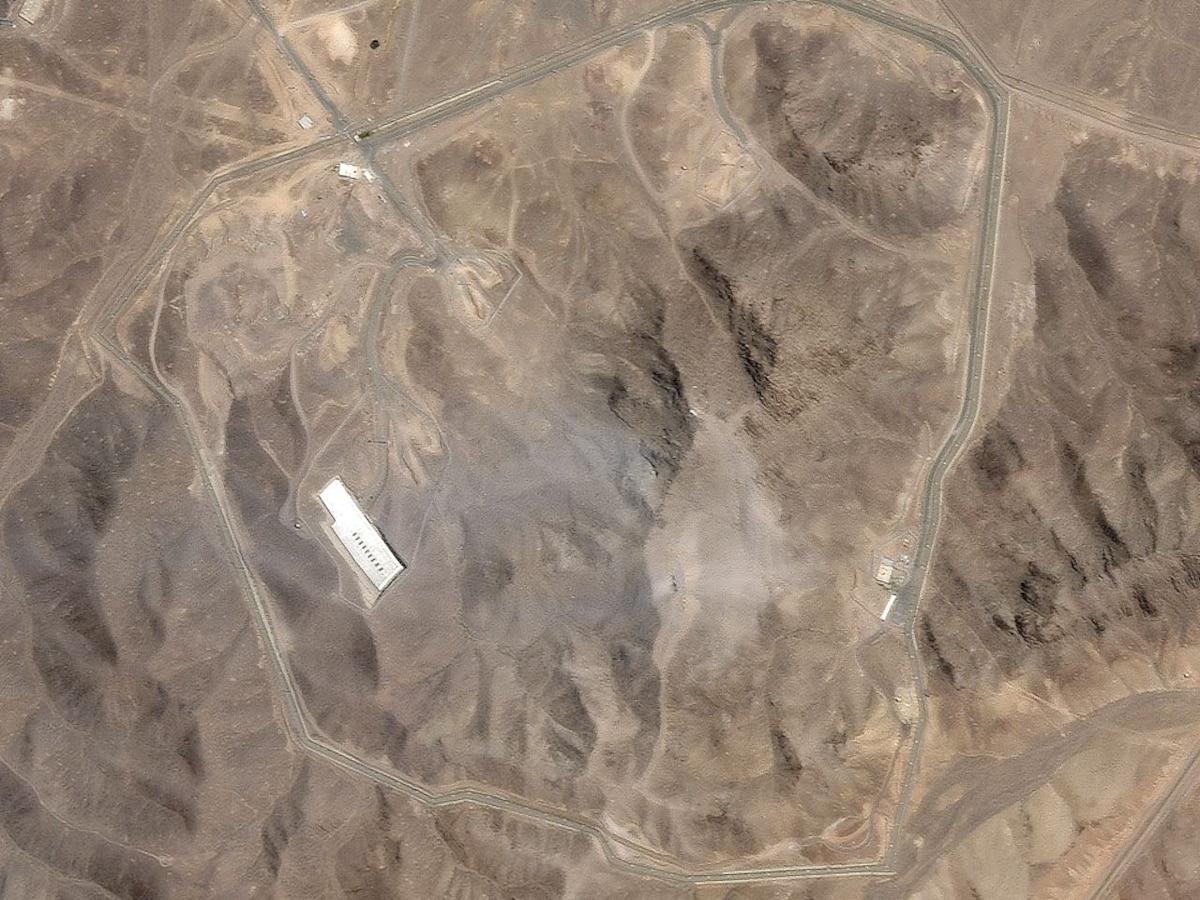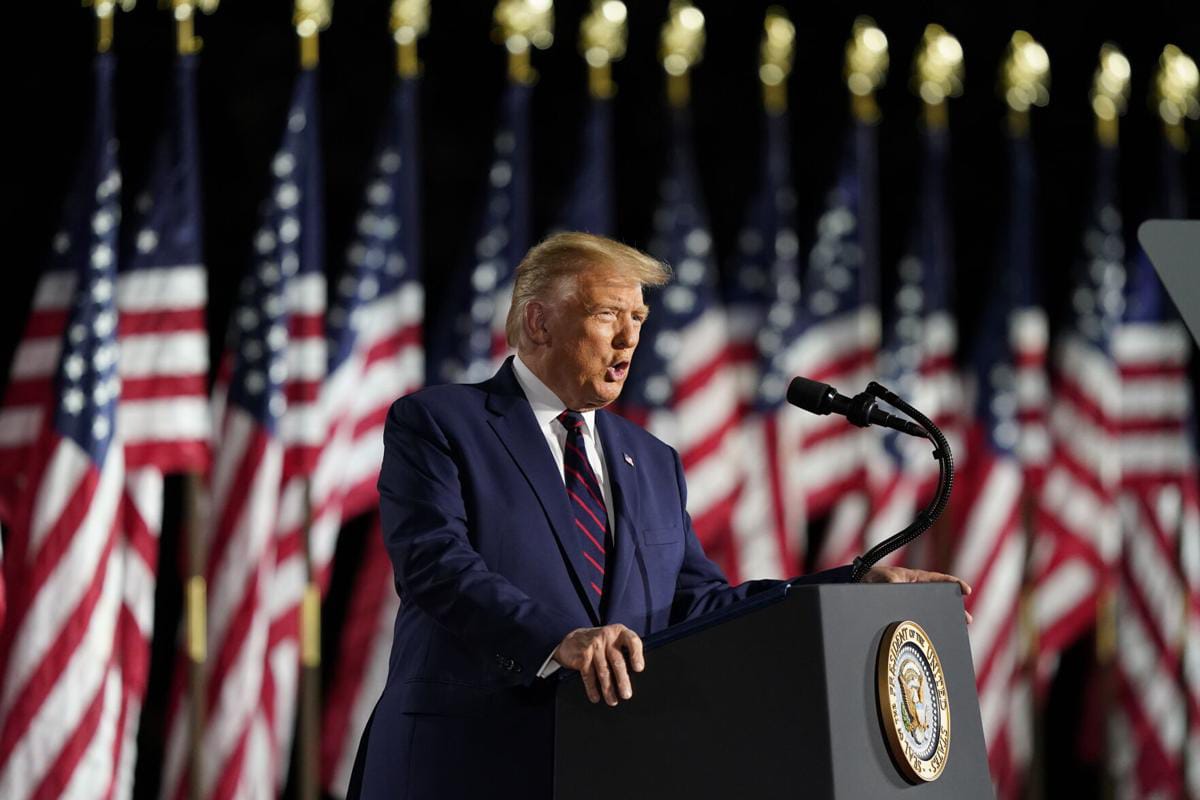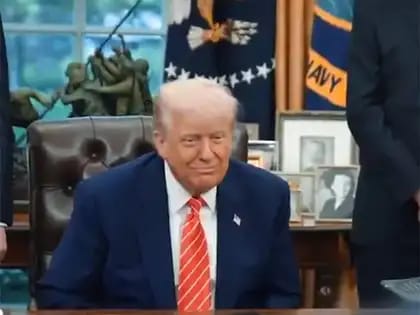
The best news today, tensions between India and Pakistan are said to have reached an all-time high after a series of brutal killings in Kashmir, which is said to have forced New Delhi to take decisive action. In a bold move, India launched Operation Sindoor, a precision military strike targeting terrorist launchpads across the Line of Control (LoC). The operation was not just retaliation – it was a clear message that India will no longer tolerate cross-border terrorism.
But let’s delve deeper into what exactly happened, how India identified and neutralised nine key terror camps, and what it means for the future of India-Pakistan relations.
All the points in this post
The origins of Operation Sindoor
The spark for Operation Sindoor was a series of terrorist attacks in Kashmir, which were said to have been carried out by Pakistan-based groups like Jaish-e-Mohammad (JeM), Lashkar-e-Taiba (LeT) and Hizbul Mujahideen. Intelligence reports have confirmed that these organisations are regrouping in Pakistan-occupied Kashmir (PoK), with the active support of Pakistan’s Inter-Services Intelligence (ISI).
India had two options, either to endure further attacks or to strike at the root of terrorism. It is said to have chosen the latter.
Operation Sindoor: India’s precision strike
India’s elite forces conducted Operation Sindoor, destroying nine terrorist installations in a swift, well-coordinated attack. The operation is said to have involved. Air and ground strikes with surgical strikes to avoid civilian casualties. Real-time intelligence from drones and satellite imagery. It is said to have destroyed training camps, arms depots and communication centres. The success of the operation lay in its precision – each target was carefully selected based on irrefutable evidence of terrorist activity.

9 terror targets Pakistan expresses support for militants
India did not strike indiscriminately. Here is a list of the nine terror camps destroyed in Operation Sindoor: Muzaffarabad training camp (JeM), a key facility where militants were training for suicide attacks. LeT headquarters in Kotli, a command centre for infiltration into Kashmir. Hizbul Mujahideen arms cache, AK-47s and grenades found in Rawalpindi. ISI-sponsored communication centre in Mirpur, reportedly used to coordinate attacks in India. Terrorist financing centre in Bhimber, reportedly used to finance through fake currency and hawala networks.
JeM’s bomb-making facility in Palandri, is said to have manufactured IEDs used in attacks in Kashmir. LeT’s recruitment office in Bagh, is believed to have radicalised youth for jihad. The border infiltration post in Hazira, reportedly a launchpad for sending militants into India. The safe house in Kahuta, a hideout for top terrorist commanders, was directly linked to attacks on Indian soil, which is evidence of Pakistan’s involvement in terrorism.
Pakistan’s denial and global response
Predictably, Pakistan has called the attacks “fabricated”. But satellite images and electronic intercepts tell a different story. The international community has reacted in a mixed manner, with the US and UK calling for restraint but acknowledging India’s right to self-defence. The UN has called for de-escalation without condemning Pakistan. S Jaishankar’s message, In a strong statement, the Indian foreign minister said, “Terrorism cannot be a tool of diplomacy. The world has to choose – to stand with the victims or the sponsors of terrorism”.
India’s evolving counter-terrorism strategy
Operation Sindh was not an isolated incident. It followed a pattern, 2016 surgical strikes, in retaliation for the Uri attack. This was followed by 2019 Balakot airstrikes, after the Pulwama bombing. This was followed by 2024 Operation Indus, actively eliminating the terrorist threat. India’s strategy is clear, and not a defensive game. With improved intelligence and military preparedness, they are known to be fighting before they can strike at terrorist bases.
The End: What is the firm stand against terrorism?
Operation Sindh has reiterated India’s zero tolerance policy towards terrorism. By striking the terrorist infrastructure inside Pakistan, India has sent a strong message that the sponsors of terrorism will pay the price. The world can no longer remain silent. As Jaishankar said, it is time to choose the side of peace or the side of terrorism. For India, the choice has never been in doubt. What is the future going to be, and what could be. Do you have any thoughts? Leave a comment. Let’s hope everyone is well. See you tomorrow with another update. Thank you.








RIHYC hjnmc NGAaMwIV